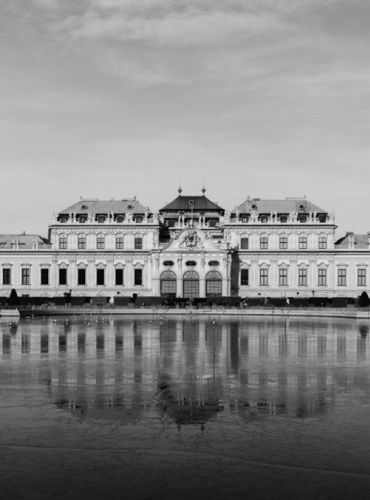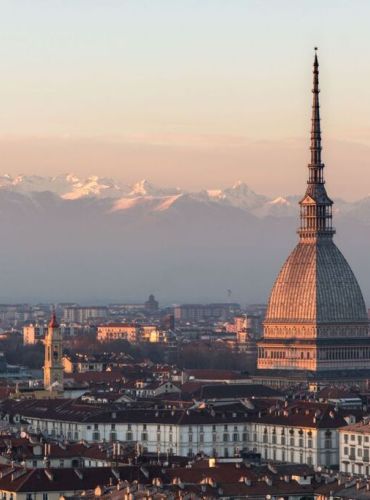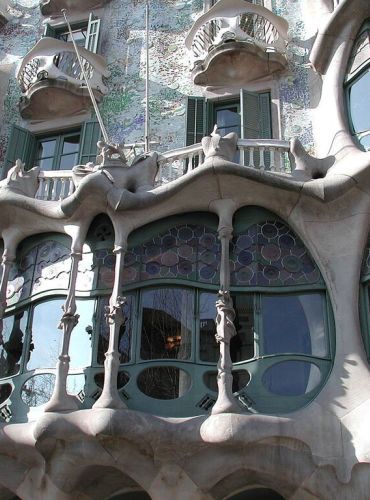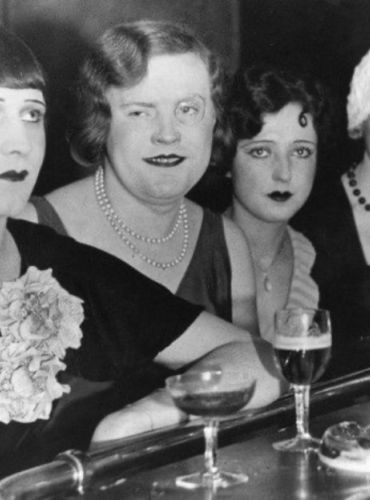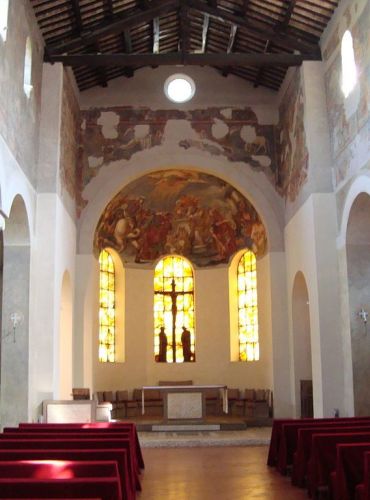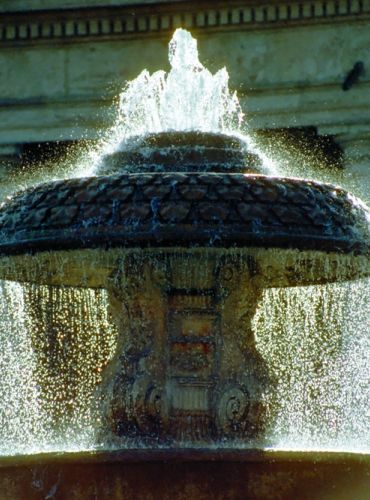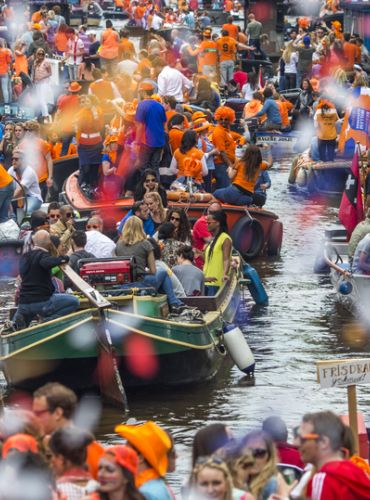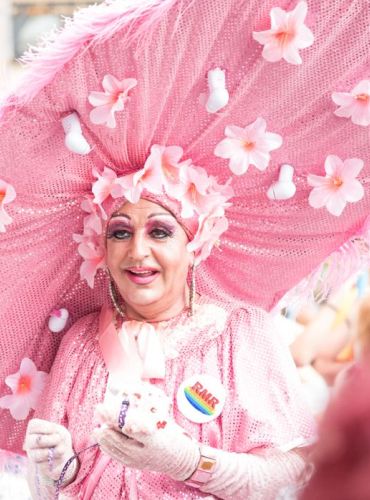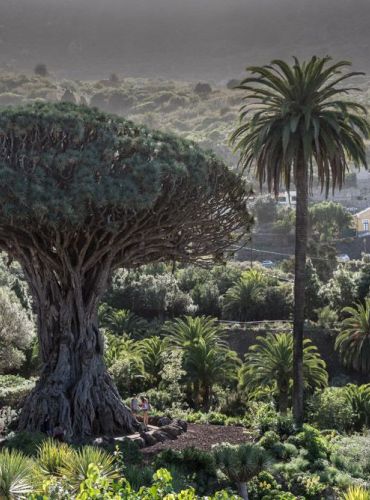Stories of Water in Rome

Giorgio Petti
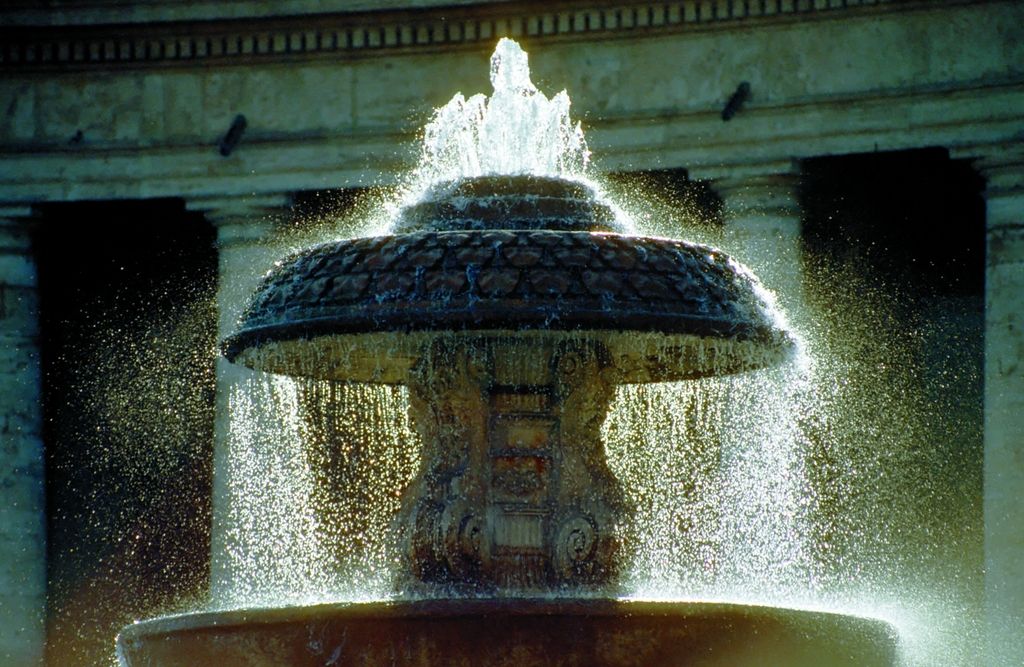
Rome is a city of water. Its citizens have been used for centuries to enjoy an abundance of crystal clean water. The Romans had well understood the immense power of supplying this vital element; to make people happy is to have to keep them well fed and watered first. They built impressive aqueducts feeding hundreds of beautiful fountains and the famous thermae all around the city. Regrettably, hardly any of these stunning water features survived and when the Empire collapsed, water became scarce again. But then the Popes (again, understanding the power of water) restored the ancient aqueducts and literally flooded the city with countless fountains, of all sizes, big and small, majestic and modest. Each of the fountains has a story, but here are five of them with curious and interesting histories.
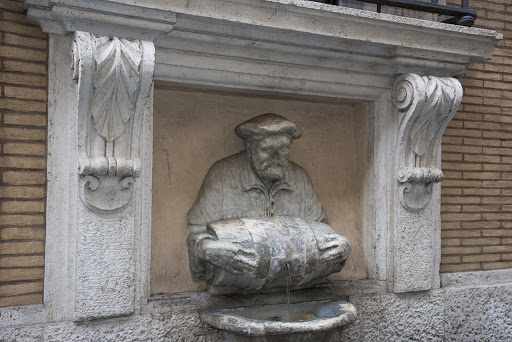
La Fontana del Facchino
This fountain, close to the Via del Corso, is fed by one of Rome's ancient Roman aqueducts, the Aqua Virgo, built originally by Marcus Vispasianum Agrippa in 19 BC and restored by Pope Nicholas V in 1453. This small fountain was realised in 1580 by Jacopo del Conte (though someone say it was Michelangelo's work) and there are innumerable rumours on who the 'facchino' represented here actually is: legends aside, it is believed that the man in question is Abbondio Rizio, an acquarolo, one of the people who in the old days used to collect water from the fountains and then sell it door to door. Apparently Abbondio was notorious in town for preferring red wine to water.
Another curious fact about this fountain is that the 'facchino' is one of the five 'talking statues' of Rome. In the days of the papacy, when dissent was severely repressed, anonymous citizens used to stick political criticisms and satire in the form of poems or witticisms to these five statues, so that they were appearing to talk to each other and against the powers of the time.
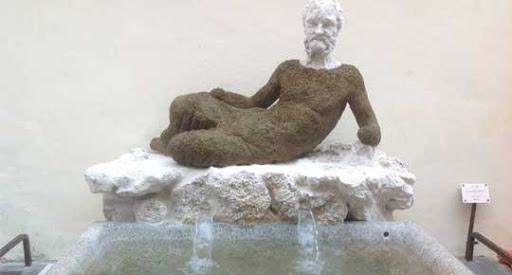
La Fontana del Babuino
The Babuino (literally The Baboon) is another one of the five talking statues of Rome and also fed by the ancient Aqua Virgo, which surfaced here under the Pincio Hill from its long Roman-built underground tunnel.
The ancient statue represents Silenius, who in Roman mythology was represented as an ugly creature of the forests, half man, half animal. In 1581 a wealthy merchant built a public fountain outside his family palazzo – approximately across its current location, and placed the classic statue on top of it. The people of Rome never liked this very coarse image, which they thought particularly ugly and deformed, hence the 'baboon' name. The basin of the fountain comes from one of the many Roman thermae and is made of granite.
In 1887 the fountain was actually divided – the statue was put in the courtyard of an other palace and the basin used for another fountain. It was only in 1957 that due to public pressure, the fountain was put back together in its actual location.
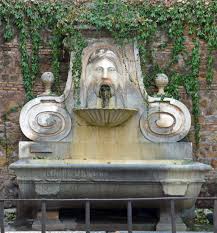
La Fontana del Mascherone
This fountain, situated along the Via Giulia, does not speak - however it is said that in special occasions it was made to spill wine, rather than water. In 1720 when Marc'Antonio Zondadari was named the 65th Prince and Grand Master of the Order of Malta, this fountain spilled wine for three days! In the past this fountain wasn't backed by a wall but by a small square, which was once a small open-air theatre. The wall was built when in the 19th century the river embankments were built and the little square was removed.
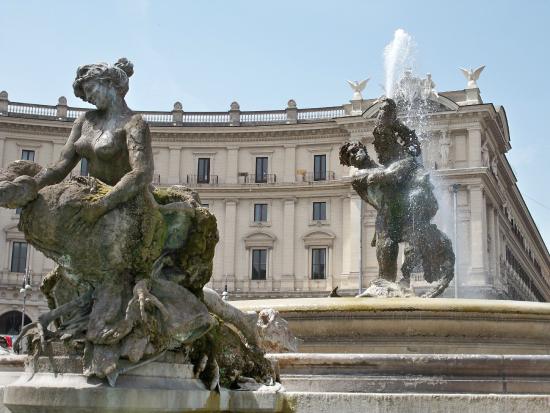
La Fontana delle Naiadi
This massive fountain is situated in the middle of the Piazza della Repubblica and it's relatively recent, dating back to 1901. The original project was developed by a Sicilian architect, Mario Rutelli, who placed four naked bronze statues representing the Naiadi, mythological water nymphae, at the edge of the fountain bowl. The statues have a particularly sensual position and their voluptuous and lascivious bodies proved too much for a particularly conservative part of the population, still very much attached to the Pope. Unsurprisingly, the Catholic daily newpaper L'Osservatore Romano, thundered for weeks against the fountain, claiming that it was obscene, sinful, inducing impure thoughts and that it had to be demolished at once. So much the scandal that a scaffolding to prevent sight of the statues was maintained in place for some time, despite it is said that young people kept trying sneaking past the fence to catch a glimpse of the fountain. In the end the people of Rome (or at least those of more liberal nature) took the scaffolding down in a protest and the council never put it back up.
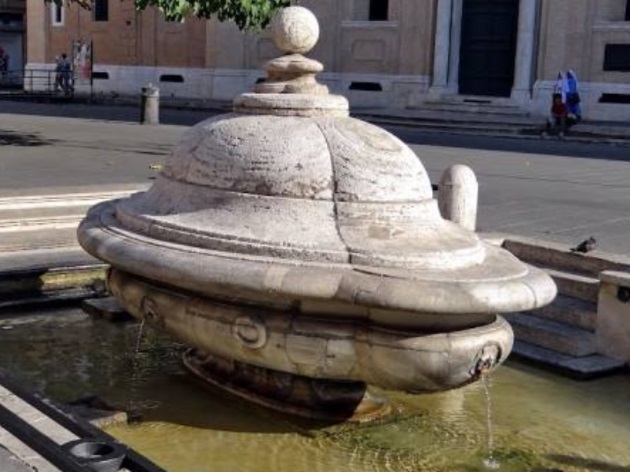
La Fontana della Terrina
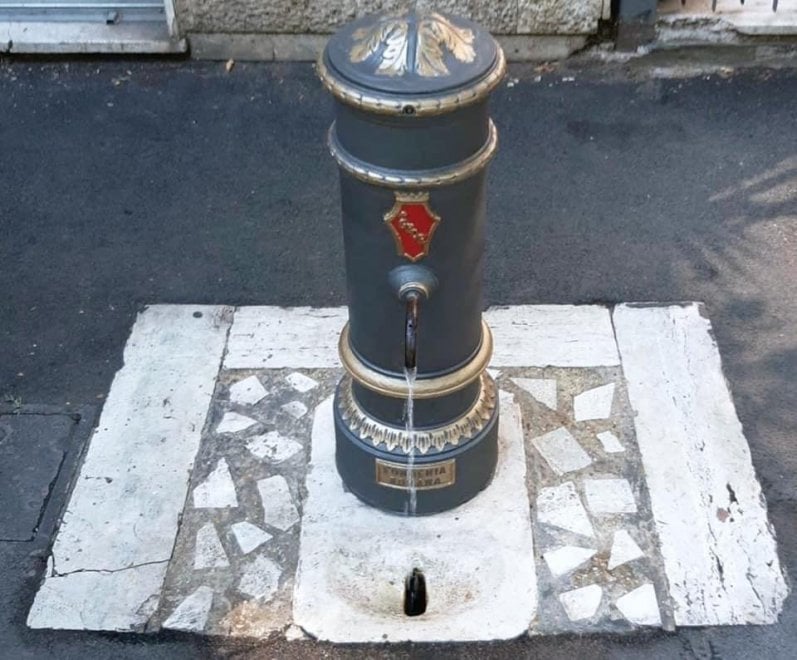
And lastly... when in Rome, drop your plastic water bottles for the fresh and cool water of the many public fountains around the city. Not only you'll do your bit for the environment, but the city's water supply is arguably one of the purest and clearest in Europe. Sourced from the depth of the near Appennini mountains and flowing through pipes deep underground, it is always cool and refreshing, even in the middle of the warmest summer day. Apart from the many monumental fountains, look for the so-called Nasoni (Big Noses). You can find them everywhere; their history started in 1874 when the Council started building these public fountains made of cast iron. Now they are an iconic and much loved symbol of the city. The oldest ones are in the Pantheon Square and in Via delle Tre Cannelle, near the Forum and Piazza Venezia. Enjoy!
